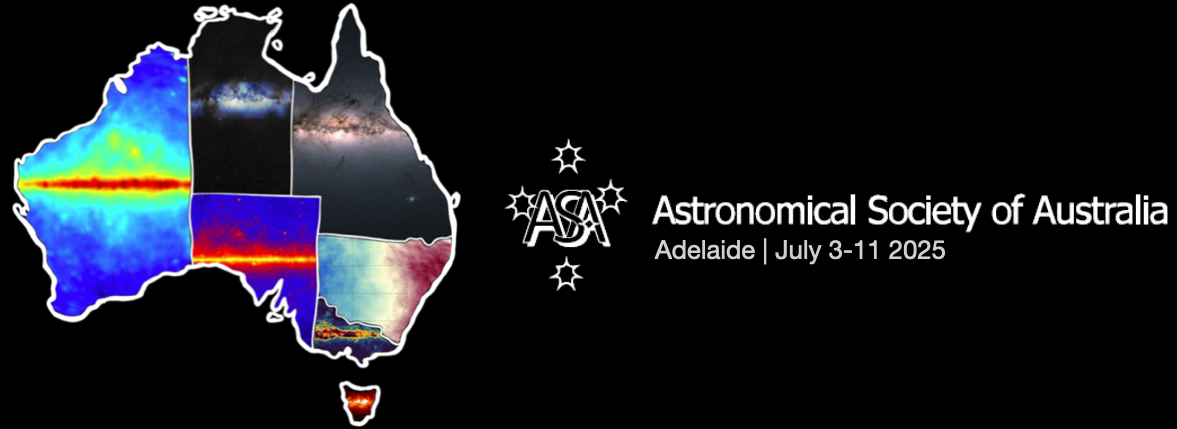Speaker
Description
Pulsars are fast rotating neutron stars (NSs) that are associated with high energy processes and gravitational wave emission. To date, over 3500 pulsars have been detected, with the majority of them seen in radio and around 300 pulsars detected in gamma-rays. In this work, we implement prescriptions for pulsar evolution within the binary population synthesis code COMPAS, enabling a comprehensive study of neutron star populations, including canonical pulsars, millisecond pulsars (MSPs), and magnetars. This work provides the unique opportunity to study the impact of binary interactions, including winds, stable mass transfer, common envelope and stellar mergers, on pulsar populations. Our models incorporate radio, X-ray, and gamma-ray emission mechanisms and selection effects to simulate the observed pulsar populations. By comparing the synthetic pulsar populations with observations, we constrain the birth distributions of pulsar spin period and magnetic field. Additionally, we will attempt to explain the MSP origin of the GeV emission excess from the Galactic Centre. This work also enables us to model gravitational wave (GW) sources such as Double NS and NS-white dwarf mergers, and interpret GW populations observed by LIGO, as well as predicting the detectability and detection rate for future missions such as LISA.

